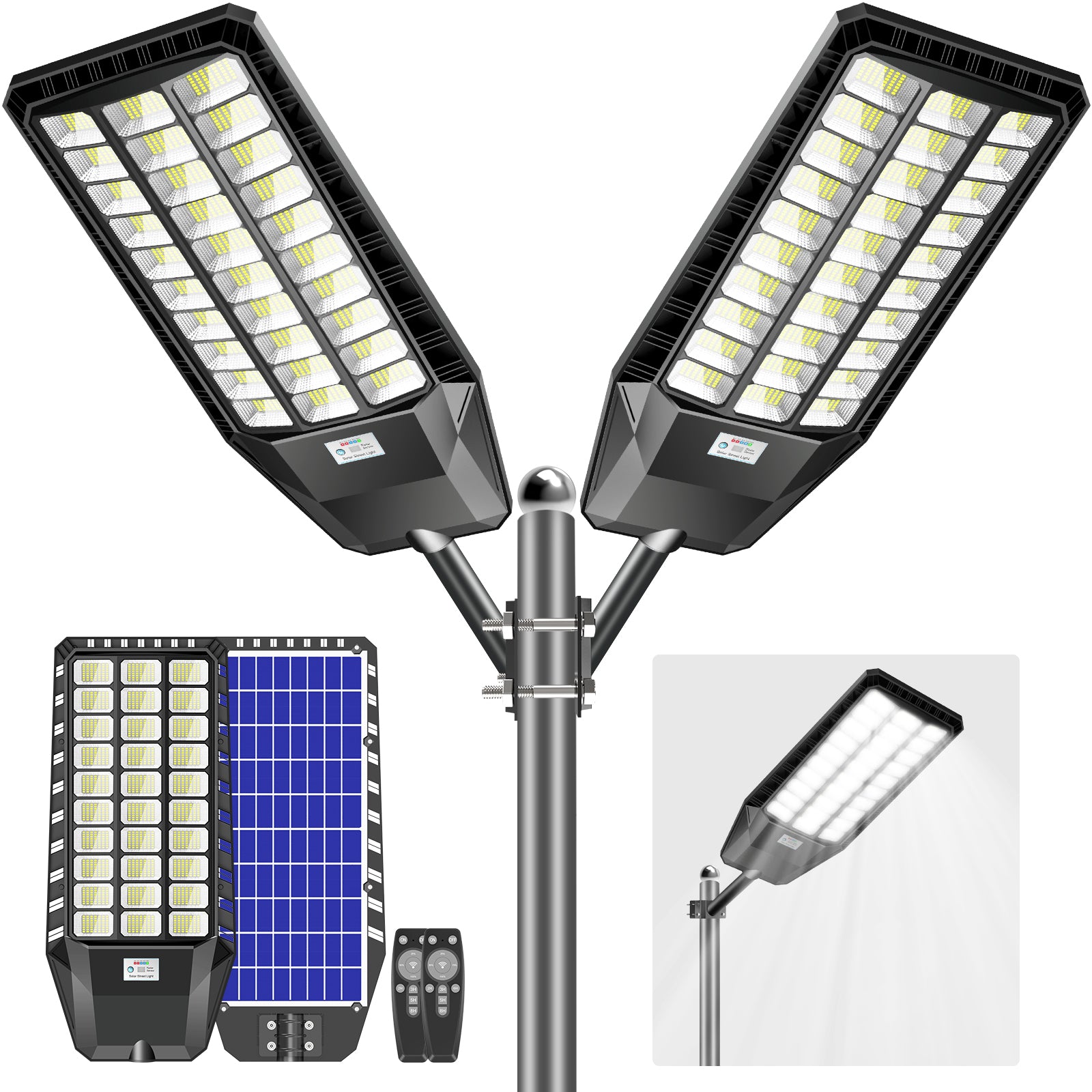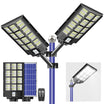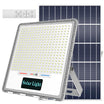Solar street lights have emerged as a sustainable alternative to traditional energy-powered street lights, offering numerous environmental benefits. This article explores how the construction, principles, and operation of solar street lights contribute to environmental protection and the reduction of carbon emissions.
Construction and Principles
- Solar Panels: Solar street lights are equipped with photovoltaic (PV) panels that convert sunlight into electricity. These panels typically consist of silicon cells that generate direct current (DC) electricity when exposed to sunlight. By harnessing solar energy, solar street lights eliminate the need for grid-based electricity, reducing reliance on fossil fuels.

- Battery Storage: Solar street lights incorporate rechargeable batteries to store excess energy generated during the day for nighttime operation. These batteries, often lithium-ion or lead-acid, store energy efficiently and enable the street lights to operate independently of the grid, further minimizing carbon emissions associated with electricity generation.

- LED Lighting: Light-emitting diodes (LEDs) are the primary light source in solar street lights. LEDs are highly energy-efficient, consuming less electricity compared to traditional incandescent or fluorescent bulbs. Additionally, LEDs have a longer lifespan, reducing maintenance requirements and associated carbon emissions from manufacturing and transportation.
- Smart Control Systems: Many solar street lights are equipped with intelligent control systems that optimize energy usage and lighting performance. These systems may include dusk-to-dawn sensors, motion sensors, and programmable dimming features, ensuring that lighting is only activated when needed and adjusting brightness levels based on environmental conditions. By reducing unnecessary illumination, smart control systems further minimize energy consumption and carbon emissions.
Environmental Benefits
- Renewable Energy: Solar street lights rely on renewable solar energy, which is abundant and freely available. By harnessing sunlight, solar street lights reduce the demand for electricity generated from non-renewable sources such as coal, natural gas, and oil, thereby lowering carbon emissions associated with fossil fuel combustion.

- Emissions Reduction: The adoption of solar street lights results in direct emissions reductions by displacing grid-based electricity consumption. By generating clean electricity on-site, solar street lights mitigate the carbon dioxide (CO2) emissions produced by conventional power plants, contributing to overall emissions reductions and combating climate change.

- Energy Efficiency: Solar street lights are inherently more energy-efficient than traditional grid-powered lights due to their use of LED technology and smart control systems. The combination of efficient lighting, energy storage, and intelligent controls minimizes energy waste and optimizes resource utilization, resulting in lower carbon footprints over the lifetime of the street lights.

Conclusion
Solar street lights play a vital role in reducing carbon emissions and mitigating environmental impact through the use of renewable energy, energy-efficient lighting, and smart control systems. By harnessing solar power and minimizing reliance on fossil fuels, solar street lights offer a sustainable solution for outdoor lighting while contributing to global efforts to combat climate change.






























Leave a comment
This site is protected by reCAPTCHA and the Google Privacy Policy and Terms of Service apply.